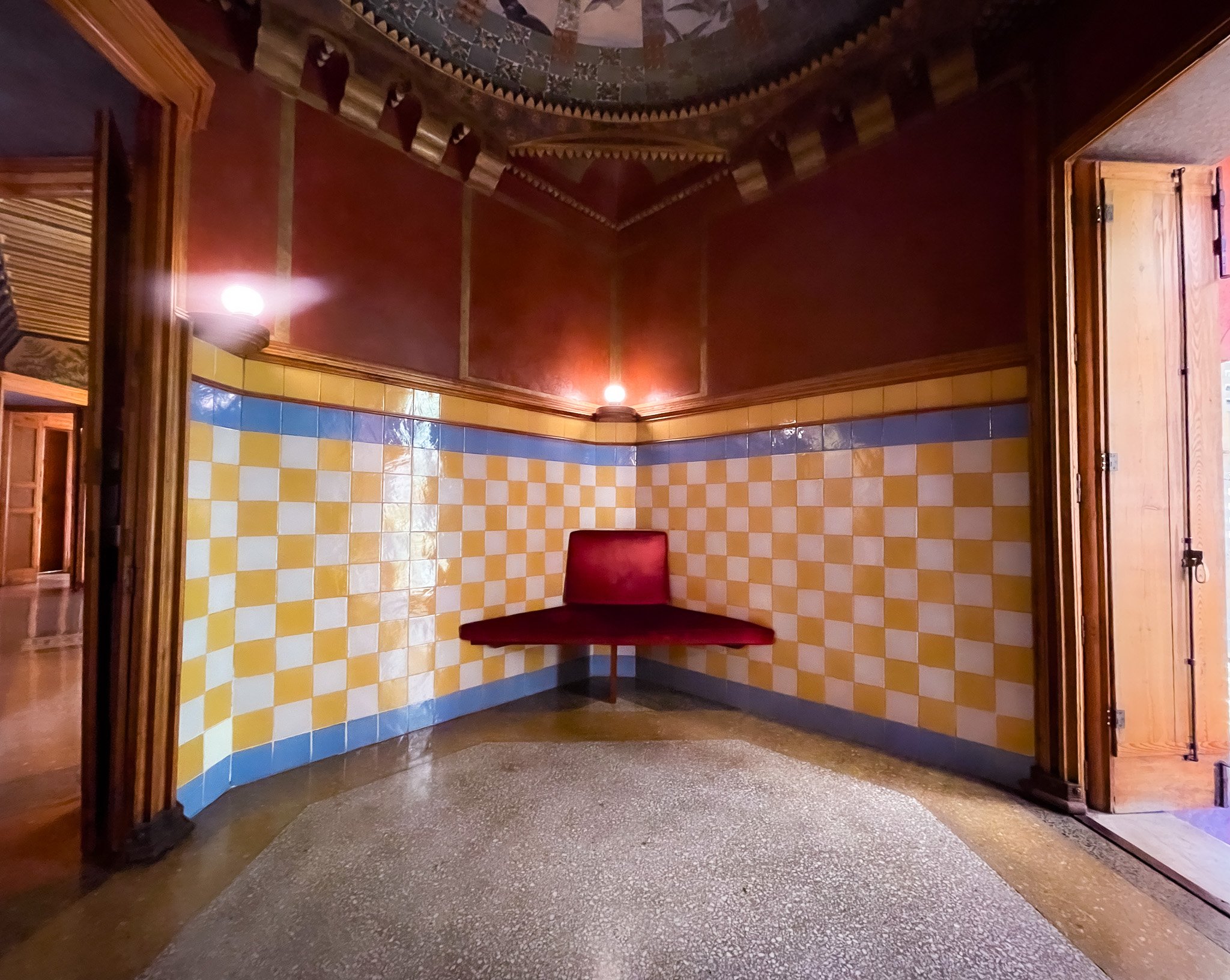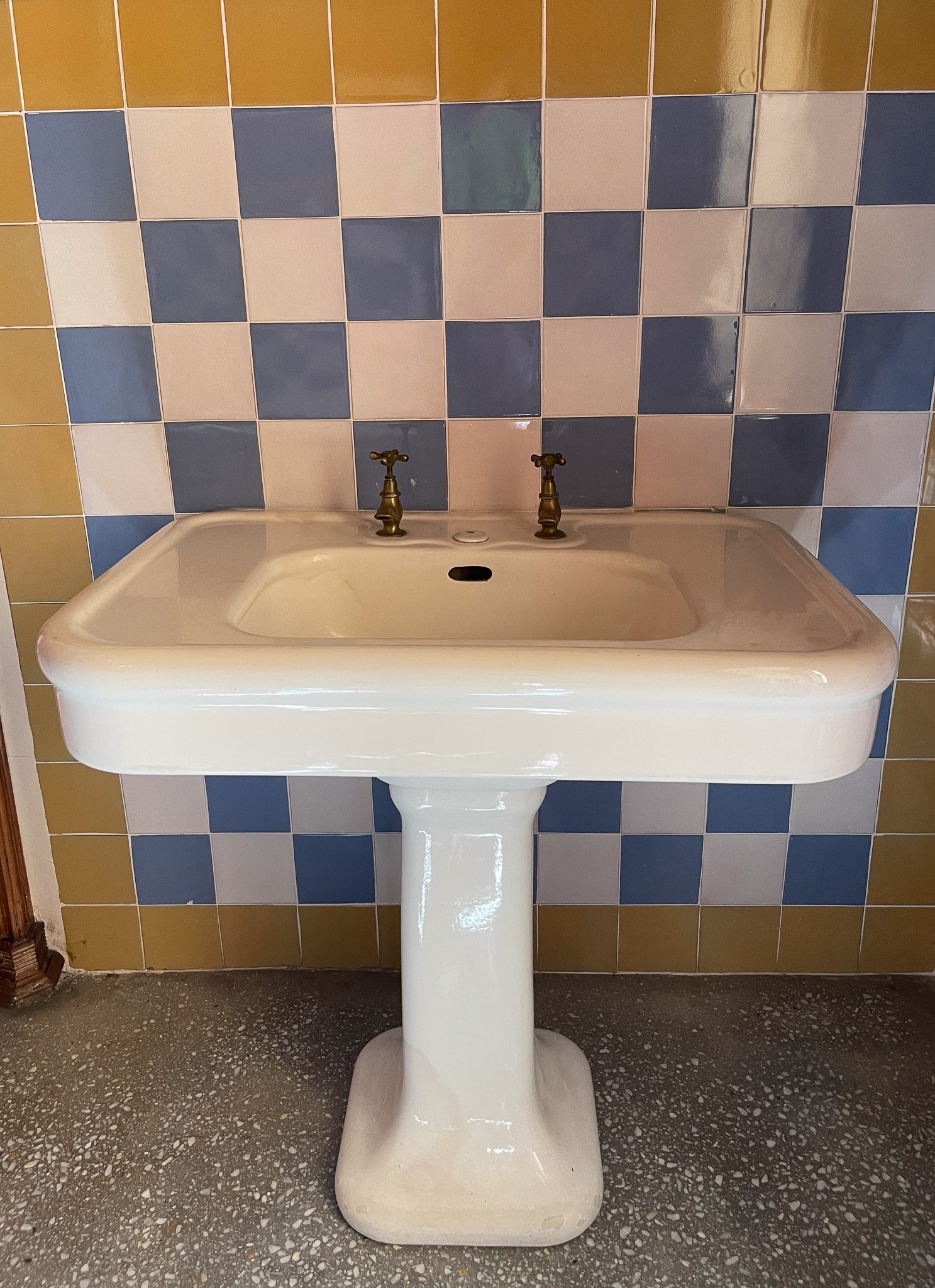Orientalism and Historicism
Casa Vicens, located in the Gràcia district of Barcelona, is one of Antoni Gaudí's earliest works and marks the beginning of his illustrious career as an architect. Built between 1883 and 1885, the house was commissioned by Manuel Vicens i Montaner, a wealthy stockbroker, as a summer residence. The building reflects Gaudí's unique artistic vision and serves as a prelude to the style that would define his later works.
Casa Vicens is a prime example of early Modernisme (Catalan Art Nouveau) and reflects Gaudí’s imaginative approach to blending art, architecture, and nature. While it differs from his later works like the Sagrada Família or Park Güell, it demonstrates his experimental use of forms, colors, and materials.
Today, Casa Vicens is celebrated as a UNESCO World Heritage Site and provides visitors with insights into Gaudí's architectural origins and the cultural context of late 19th-century Barcelona.

Early Design and Influences (1883–1885)
Casa Vicens is heavily influenced by Orientalism and historicism, popular architectural trends in the late 19th century.
Gaudí incorporated elements of Islamic, Persian, and Mudéjar architecture, as seen in the intricate tile work, wrought iron detailing, and vibrant colors.
The house features a mix of materials such as brick, stone, ceramics, and wood, showcasing Gaudí's innovative use of textures and patterns.
The Garden and Nature Inspiration
The original property included a lush garden, which influenced the house’s design.
The ceramic tiles that adorn the façade feature a bright yellow marigold motif, inspired by the flowers growing on the site before construction. This reflects Gaudí’s deep connection to nature.
Evolution of the Property
.
Over the years, the original house underwent several changes. In the 1920s, architect Joan Baptista Serra de Martínez expanded the building to meet the needs of its then-owner, retaining Gaudí's style but altering some of the original design.


